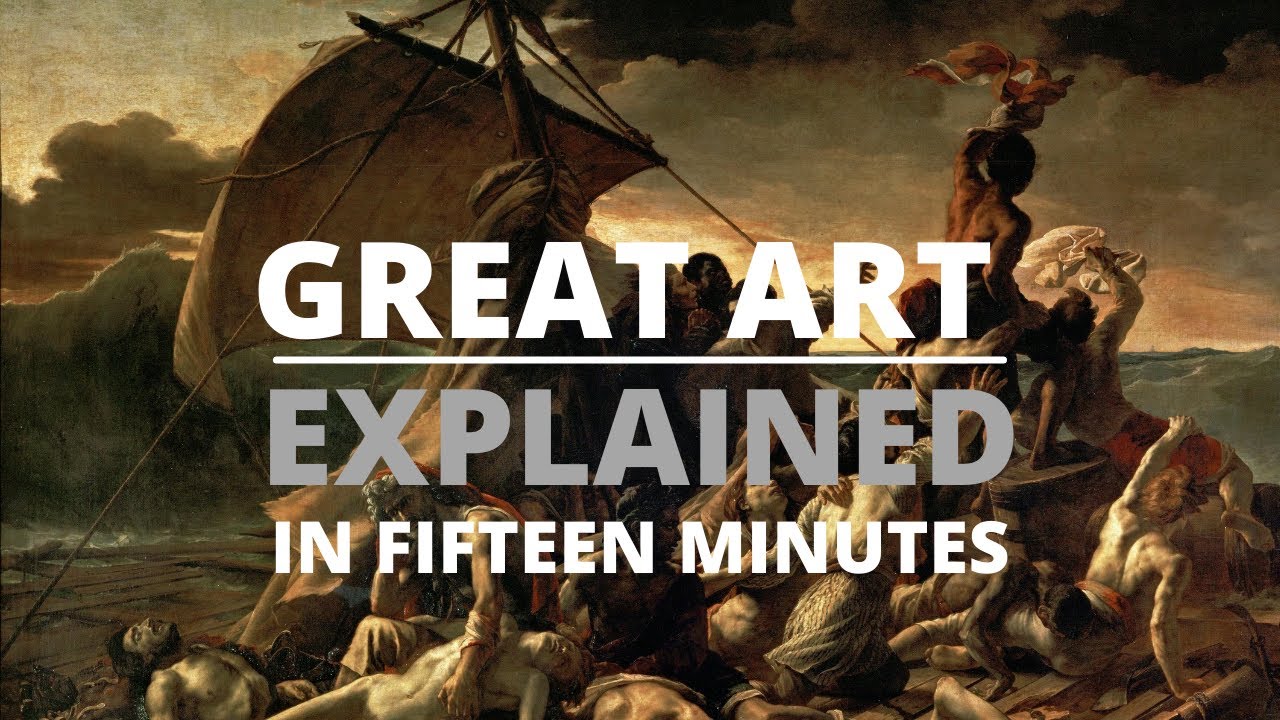In this video, we look at the historical events that inspired French Romantic artist Théodore Géricault’s controversial ‘Raft of the Medusa’, as well as his labours to create the painting, and its broader social commentary implications.
Géricault (1791-1824) completed the work at the age of 27: an over-life-size oil painting depicting the aftermath of the wreck of the French naval frigate ‘Méduse’, which ran aground off the coast of today’s Mauritania on July 2, 1816. Three days later, at least 147 people were set adrift on a hurriedly-constructed raft. All but 15 died in the 13 days before their rescue, and those who survived were reduced to cannibalism to stay alive.
Widely attributed to the incompetence of the French captain, the event became an international scandal. This prompted Géricault to memorialise what had happened in his painting, and in doing so, foreshadowed the rise of realism and modern use of the media as a political tool.
Today, the painting is part of the art collections of Paris’ Louvre Museum.
View the original video here.
Good Living is the Cyprus Mail’s portal of curated content from across the internet, showcasing local and global ideas, cultural highlights, and scientific and technological developments to inspire a sustainable life.







Click here to change your cookie preferences